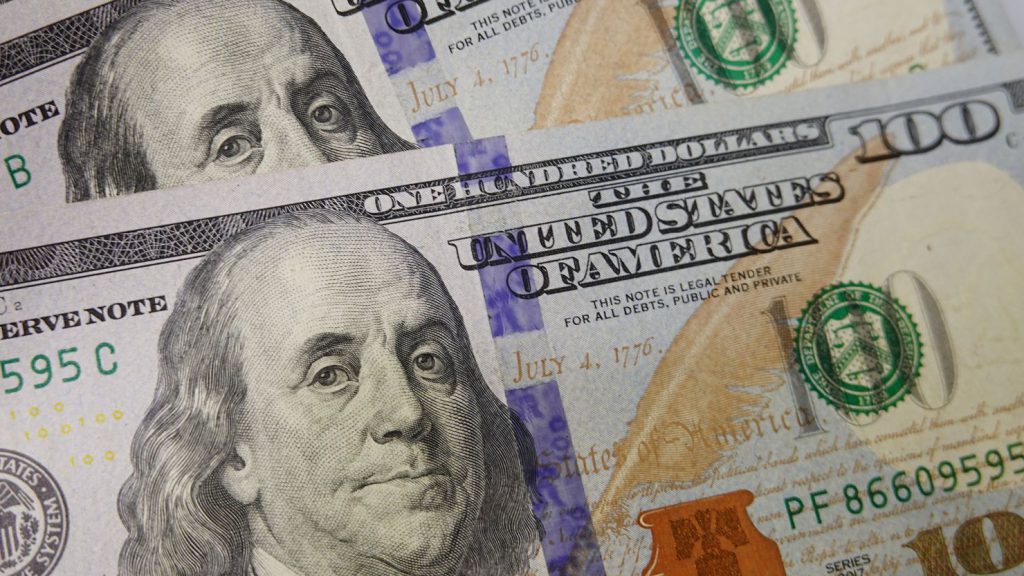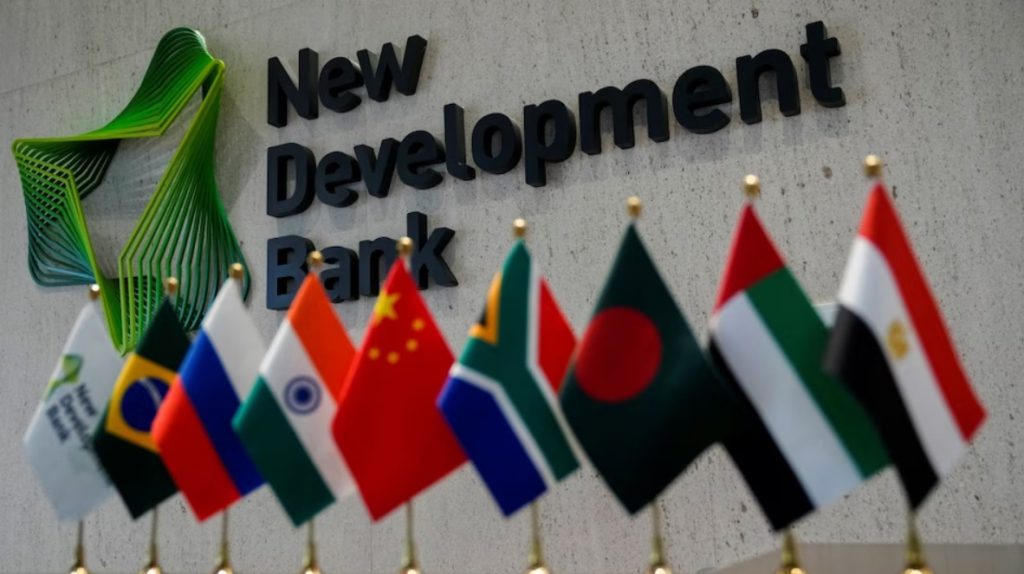Over the last year de-dollarization has been a clear focus for the BRICS alliance. For the host of countries concerned with the presence of sanctions, it has sought ways to diversify its economic dealings. Subsequently, the BRICS New Development Bank has began offering local currency bonds, that could be a massive blow tot he US Dollar in time.
Just last week, the alliance announced that its development bank would begin offering bonds in local currencies. Subsequently, that transition has created massive potential for a global shift, as the economic alliance continues to increase its already prominent status among developing countries.


Also Read: BRICS Continue Gold Buying Spree in 2024
BRICS And the Impact of Local Currency Bonds
For much of 2023, the BRICS alliance continued establishing itself as a clear geopolitical force. Susbeuqnlety, amid sanctioned nations in its ranks, a focus began to form. Specifically, that focus was lessening international reliance on the US dollar. Therefore, decreasing the power that Western nations had on the global finance structure.
Now, just a few weeks into the new year, the BRICS bloc has taken that even further as its New Development Bank has stated its intention to issue more local currency bonds to further detract the US dollar. Specifically, the bank noted that it is seeking to offer an initial issuance of bonds worth $28 billion into the global market.


Also Read: BRICS: Russia & India Partner to Create a Digital Economy
A government bond is a way for officials to try and encourage public spending. Moreover, local currency bonds are not foreign to the BRICS infrastructure. In August, the BRICS bank issue its first bond in South African rands. Thereafter, the bank sought Indian rupee bond issuances late last year. Susbeuqlnety, they have isolated the bond market as an effective way to embrace de-dollarization.
Yet, where this becomes ever more concerning for the greenback is that international bonds have traditionally only been issued in the US dollar. This granted investors a haven through the dollar’s established power. Therefore, these local currency bonds have both expanded what is offered to the global market, and established a growing shift in the perspecti veof what currencies that countries seek to acquire.
It is no secret that countries throughout the world had leaned into economic diversification throughout last year. Moreover, thatt is likley to continue throughout 2024. With the economic circumstances of the United States being concerning, these holdings could continue to effect the greenback’s standing, and local currency holdings on a global scale.





